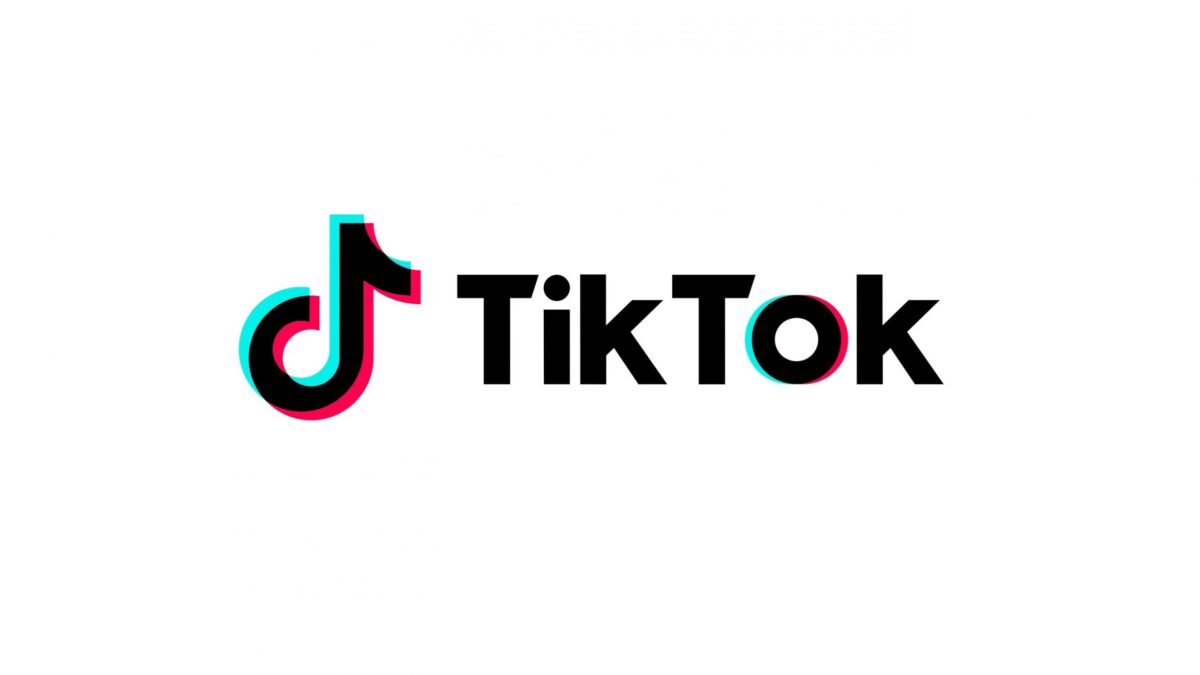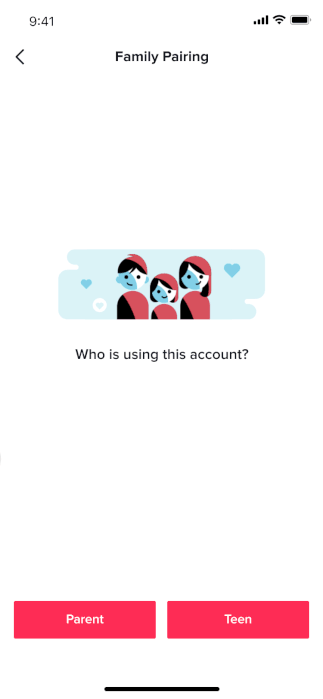
As people stay at home, families are turning to internet platforms to stay entertained, informed, and connected. Safaricom has recently reported a spike in internet use. And online content providers like Showmax, Netflix and YouTube have reported huge jumps in the number of active users and watch hours.
In lieu of that, TikTok which is the world’s leading short video platform, and which is one of the apps that has received very huge jumps in usage as more people embrace their creative sides while staying at home is introducing new changes to its platform in an effort to control teenagers’ use of the service.
Today, TikTok is advancing its commitment to building for the safety of its users by introducing something called Family Pairing. The company says Family Pairing allows parents and teens to customise their safety settings based on individual needs. Family Pairing enhances TikTok’s suite of safety tools and complements its work to provide greater access to product features as users reach key milestones for digital literacy.
The new move though borne out of goodwill is thoroughly misinformed. How many parents in Kenya have heard of TikTok? How many parents think they should create an account to monitor their teen’s usage of the platform? And how many teenagers will be willing to invite their parents to control their TikToks?

Family Pairing, which will be rolling out over the coming weeks, will allow a parent to link their TikTok account to their teens’ and set controls including:
- Screen Time Management: Control how long your teen can spend on TikTok each day. In addition, TikTok has partnered with top creators to make short videos that appear right in the app and encourage users to keep tabs on their screen time. These fun videos use the upbeat tone that TikTok users love while offering a suggestion to take a break and do something offline, like read a book.
- Restricted Mode: Restrict the appearance of content that may not be appropriate for all audiences. Even without Family Pairing enabled, parents can help their teen set Screen Time Management and Restricted Mode by visiting the app’s Digital Wellbeing controls at any time.
- Direct Messages: Limit who can send messages to the connected account, or turn off direct messaging completely. With user safety in mind, TikTok has many policies and controls in place for messaging already – for example, only approved followers can message each other, and TikTok doesn’t allow images or videos to be sent in messages. Starting April 30, TikTok will be taking those protections one step further as relates to younger members of its community, and automatically disabling Direct Messages for registered accounts under the age of 16.
Many users start their creator journey at 13 and are introduced to a wider array of app options for download, making it a critical time for teens and their families to learn about digital literacy and smart online behaviour. In addition to Family Pairing, TikTok already offers a number of resources to support users on this journey, including educational safety videos and parental guides like the Top Ten Tips for Parents. TikTok also encourages parents to talk with their teens about the code of conduct outlined in the Community Guidelines to help them understand what responsible community behaviour looks like, how to identify and report content that may be in violation, and what it means to be positive digital community members.







